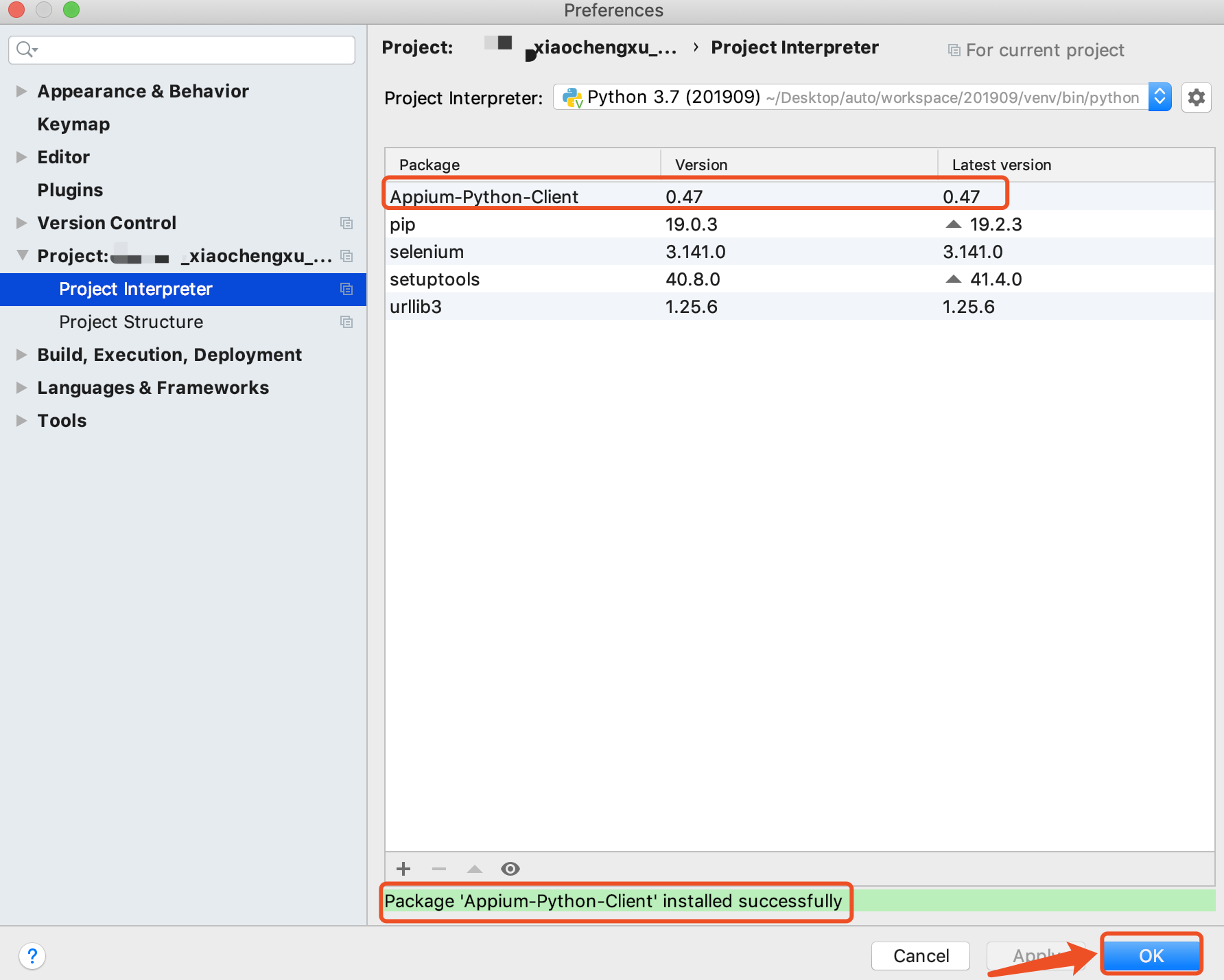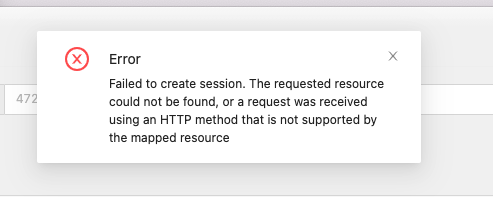
(predicate uses multiple kinds of boolean operators use one or more 'and', or, use one or more 'or', but not both) (a predicate contain a space before the predicate is not a simple string or integer, and specifies more than one and trailing spaces required for the boolean and or all']" Good and not begin with /AXApplication, and contains an absolute path: missing predicate string uses double does not contain at least two predicate string contains forbidden ='clear']" The README contains the following examples as guidance: It can be difficult to identify whether your selectors are failing because the AXPath is invalid or the element simply is not on the screen. Be warned: if your AXPath selector breaks the rules, you won't get a special error and instead will get an ElementNotFound exception. Does not contain spaces except inside quotes and surrounding the and and or operators.Īny XPath selector that follows the above rules will work as an absolute AXPath selector.Uses single quotes, not double quotes for attribute strings.Does not use predicate strings containing braces or parentheses ().

May use boolean operators and or or in between multiple comparisons, but may not include both and and or in a single statement.Uses predicates with a single integer as an index, or one or more string comparisons using = and !=.Does not contain "//", or use a wildcard, or specify multiple paths using |.Must contain at least one other node following /AXApplication.You cannot use any property of an element besides these. Uses OS X Accessibility properties, e.g.Here are the rules for a valid Absolute AXPath selector: I'm including the exact rules for AXPath selectors below, but don't be afraid if they do not make sense at first in the next section I describe some tools for finding AXPath selectors. All the AXPath selectors use Accessibility API identifiers and properties. Check the checkbox next to AppiumForMac.app.ĪppiumForMac is a little tricky, since elements can only be found using a special kind of XPath selector called "absolute AXPath". If you do not see AppiumForMac.app in the list of apps, then drag it to the list from Finder. If needed, click the lock to make changes. Click Accessibility in the left hand table. Open System Preferences > Security & Privacy. We need to give expanded permissions to AppiumForMac in order for it to work. Move AppiumForMac.app file into your Applications folder.ĪppiumForMac uses the system Accessibility API in order to automate apps.Unzip the AppiumForMac.zip file by double-clicking it in Finder.

Start by downloading the latest release from here.
Appium mac m1 install#
SetupĪppium comes bundled with a macOs driver, but the actual AppiumForMac binary is not included, so we need to install it ourselves first:

Appium mac m1 for mac#
Using a project called Appium For Mac Appium can automate native macOs apps.
Appium mac m1 driver#
Appium isn't limited to automating mobile systems! As long as there is an open way to interact with a system, a driver can be written for it, and included in Appium.


 0 kommentar(er)
0 kommentar(er)
